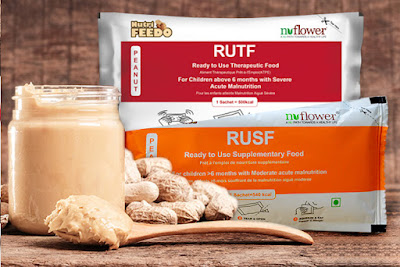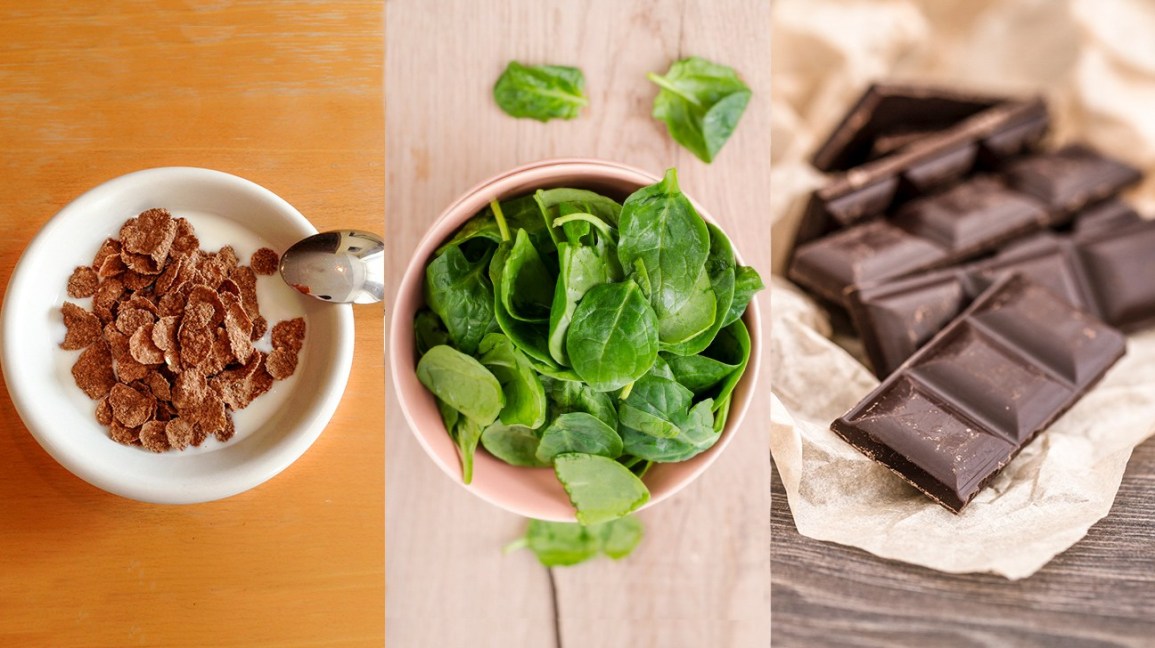Key Differences between SAM & MAM: Their Respective Treatments
Malnutrition is no longer a third-world problem but a global crisis that needs immediate attention. Malnutrition is defined as the insufficient nutrition required for the proper functioning of the body. Out of the many ill effects of malnutrition, stunted growth, a poor immune system, and severe health concerns are the most alarming. The World Health Organization (WHO) claims that globally, over 149 million children under five are stunted having low height for their age. 50 million children under the age of five are said to be wasted - having extremely low weight for height.
The United
Nations' Sustainable Development Goal 2 aims to end all forms of malnutrition
by 2030, highlighting the need for global action to address this pressing
public health concern.
KEY DIFFERENCES BETWEEN SAM & MAM
|
|
Moderate Acute Malnutrition |
Severe Acute Malnutrition |
|
Definition |
MAM is
defined as a moderate degree of malnutrition, with a weight-for-height
between -2 and -3 z-scores of the median WHO growth standards. |
SAM is
defined as having an extremely low weight for height (below -3 z-scores of
the median WHO growth standards) |
|
Risks and Complications |
MAM is
less severe and has a lower risk of complications. |
SAM is
usually associated with higher risks of severe medical complications, such as
infection, organ failure, and death. |
|
Treatment |
MAM can
often be managed with simpler interventions, such as supplemental feeding,
nutrient-rich foods, and education on optimal infant and young child feeding
practices. |
The
treatment of SAM and MAM differs significantly. SAM requires specialized
medical care, such as inpatient or outpatient therapeutic feeding,
antibiotics, and other supportive care. |
|
Duration of Treatment |
MAM may
require only short-term treatment. |
The
duration of treatment for SAM is typically longer than for MAM. SAM requires
a more intensive and longer-term treatment plan |
|
Treatment Plans |
MAM can
be treated with RUSF pastes like Nutrifeedo Lite.
Its complex blend is designed to provide high protein and high energy with a
heavy dose of micronutrients. Its nutritional profile, however, caters to
children who are Moderately Acute Malnourished. |
SAM can
be treated with fortified peanut butter like Nutrifeedo. It is
a peanut-based paste, which through high lipid and protein content, provides
high energy in a very compact form. It is also heavily fortified with all the
micronutrients Severely Acute Malnourished child may require. |
World organizations are continually
spreading awareness of malnutrition, its types, and the various treatment plans
to combat the severe implications of malnutrition in children. They also
continually work with RUTF and RUSF manufacturers to bring
malnutrition-combatting solutions like RUSF and RUTF supplements that transform
the lives of children affected by severe acute malnutrition and moderate acute
malnutrition.
RUTF and RUSF supplements are
beacons of hope in the fight against malnutrition in children and continue to
be the safest, fastest, and most cost-effective treatment for both severe acute
malnutrition and moderate acute malnutrition. Read more about high-quality
malnutrition-combatting supplements here.




Comments
Post a Comment